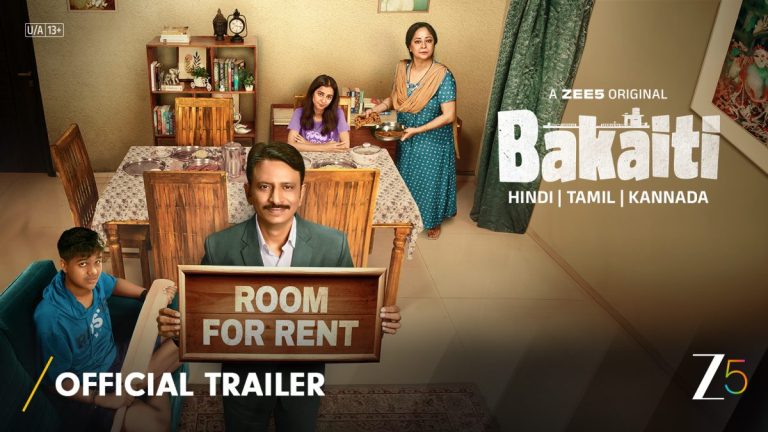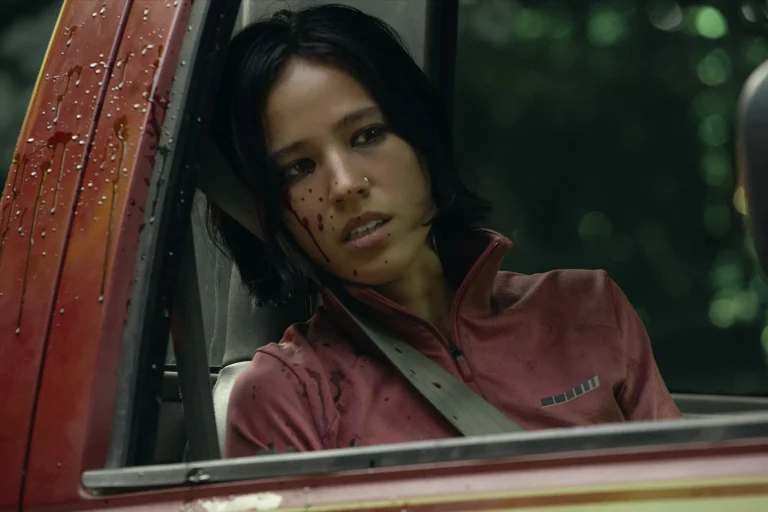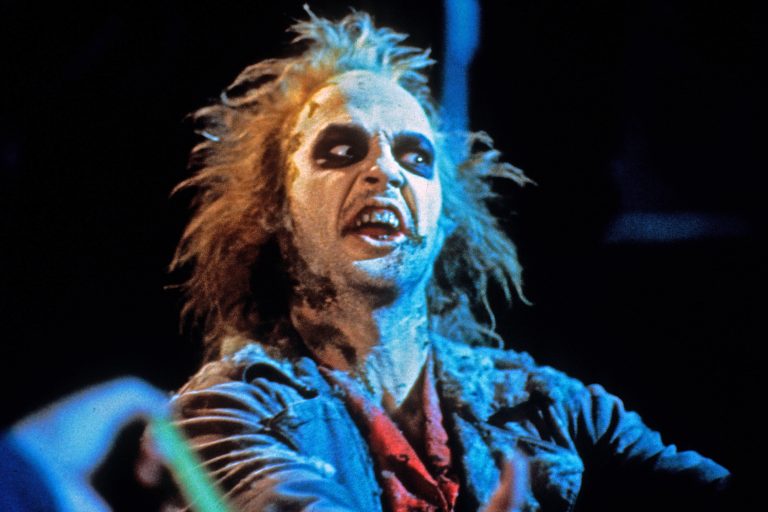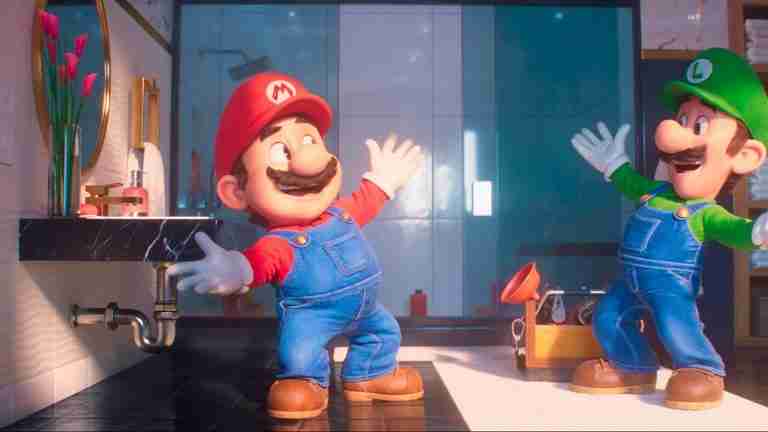Stories of creative minds have always fascinated audiences. From the first scene of a classic film to the rolling credits of a modern streaming hit, movies about writers draw viewers into the messy, magical world of ideas. Right after watching such a story, many people feel an urge to put pen to paper—or at least open a laptop. Some even look for a reliable paper writing service to turn fresh inspiration into polished text. The link between cinema and the urge to write is stronger than ever, and it often starts within the first few minutes of a quirky author movie or a tense thriller about blocked movie writers. By showing the highs and lows of the craft, films give the audience a front-row seat to the writing desk. This article explores how these films fuel creativity, change public views on the profession, and quietly boost the popularity of companies that help people shape their own stories.
The Magnetism of Writer Stories
Viewers may never sit in a dusty attic to draft a novel, yet they love watching someone else do it. That fascination explains why movies about writers keep returning to theater marquees and streaming menus. The typical plot blends curiosity, tension, romance, and a dash of mystery. When the main character stares at a blank page, the audience shares the same suspense they might feel before an exam essay. Because the setting is familiar—coffee shops, cramped apartments, late-night lamp light—these stories feel reachable, even when the writer becomes a global bestseller within two hours of screen time. By shining a spotlight on the writing routine, movies about writing demystify the craft while also making it look thrilling. They transform long, lonely workdays into cinematic sequences filled with music and dramatic pauses. The result is an emotional payoff that lingers: viewers leave the couch believing that their own thoughts deserve to be written down and perhaps read by others.
Classic Biopics That Shaped Perception
Decades before binge culture, the classic biopic carried the torch for the literary life. An author movie such as “Capote” reveals not only Truman Capote’s sharp dialogue but also his relentless research into the Clutter family murders. “Finding Neverland” paints J. M. Barrie’s childlike spirit, while “Miss Potter” follows Beatrix Potter as she challenges social norms. Each film pairs historical detail with dramatic color, letting audiences walk beside real pens and ink. Because the stories are grounded in fact, viewers trust what they see and often look up the featured books afterward. Library checkouts and online sales spike, but so does curiosity about personal writing projects. When a college student watches Harper Lee battle self-doubt on screen, the student may recognize the same inner voice. That recognition can motivate a draft, a journal entry, or a scholarship essay. Thus, classic biopics do more than honor famous authors; they quietly invite everyday people to join the conversation and test their own creative limits.
Fictional Writers and Relatable Struggles
Not every cinematic storyteller exists in the history books. Fictional movie writers often capture the daily frustrations that real scribes face. Consider Gil in “Midnight in Paris,” who adores the past more than his present manuscript, or Karen in “Stranger Than Fiction,” whose characters come to life at the worst possible moment. By exaggerating writer’s block, deadline panic, and the nagging fear of irrelevance, these stories let viewers laugh at problems they secretly share. The on-screen solution usually arrives through a breakthrough idea or an emotional revelation, both of which feel accessible to anyone holding a notebook. Importantly, fictional accounts sidestep the pressure of accuracy; the script can bend reality to make typing look visually exciting. Swirling words, talking muses, and spontaneous bursts of inspiration remind audiences that creativity is unpredictable. After the credits, those same viewers might open a blog app or start a fan-fiction project, still warmed by the idea that even fictional movie writers must begin with a single sentence.
Glamour vs. The Writing Process. Actuality
Real writing requires extended periods of silence, as any student who has written a school report knows, but characters rarely sit motionless for hours in movies. Writing-related films condense months’ worth of drafts into a dynamic montage for pacing reasons. As the final paragraph hits, violins swell, coffee cups pile up, and fingers dart across typewriter keys. Although such scenes of glitz can be motivating, they can also create irrational expectations. When page three takes an hour, a teenager who thought they could finish a novel in a weekend might be disappointed. Nevertheless, some realities are depicted in the movie: the allure of putting things off, the excitement of making a breakthrough, and the delicate balance between ego and feedback. By having students enumerate which aspects feel genuine and which feel exaggerated, teachers can utilize these contrasts in class discussions. Through that exercise, students become more self-aware and learn to be patient with the gradual but rewarding ascent to clarity.
Demand For Services And Box Office Success
When a well-known movie about a driven novelist becomes the number one movie at the box office, Google searches for how to publish a book increase almost immediately. In academic circles, a similar trend is observed. Following a semester-long screening of Dead Poets Society or The Wonder Boys, students frequently experience a mixture of enthusiasm and pressure to write essays that are as brilliant as the films. When faced with deadlines and high standards, many people seek help from tutoring centers or independent editors. Some people even go with specialized platforms that guarantee polished language citations and form. Every increase in ticket sales for a movie with a strong writing theme is accompanied by an increase in traffic to study forums and service websites, according to market analysts. Although inspiration is a good thing, not everyone has the time or ability to turn it into well-written prose while adhering to rigorous academic schedules. Filling that void, writing services provide formatting assistance, feedback, and outlines. By doing this, they transform the cinematic energy into useful assistance that maintains grades and morale.
The Greatest Filmmakers of All Time
Critics frequently argue over who the best film writers of all time are because lists are irresistible. While some laud Nora Ephron for transforming ordinary romance into memorable dialogue, others commend Charlie Kaufman for the film’s mind-bending layers. Aaron Sorkin is praised for his lightning-fast dialogue that feels both musical and cerebral, while Quentin Tarantino receives applause for his incisive monologues. The genres of these well-known film writers include fantasy, drama, comedy, and historical retelling. Viewers and aspiring screenwriters can learn how structure, pacing, and character arcs function in any medium by studying their screenplays. Screenplays and traditional novels are now frequently included in class assignments, demonstrating that quality writing is not limited by format. The fame of these authors also increases interest in workshop scriptwriting software, and yes, outside editing help. After all, students discover how exact language needs to be when they examine Sorkin’s tense courtroom scenes. When they come to this realization, they frequently seek professional advice on how to formulate their own arguments, whether for a persuasive essay or a film club project.
Films Teach New Writers Practical Lessons
In addition to providing entertainment, films about writers also serve as free master classes. Novices can learn practical advice by observing an author struggle with plot flaws or rejection stories.
Examine these frequently observed lessons from the big screen:
- Establish a routine: The majority of protagonists set aside particular hours for drafting, demonstrating that progress is bred by consistency.
- Get feedback early: Editor-cut scenes serve as a reminder to viewers that blind spots are visible to outside observers.
- Accept rewriting: Successful characters work through several drafts, whether in a peaceful cabin or a busy newsroom.
Draw from life: Reminiscences show that the most valuable information frequently lurks in private recollections.
- Protect wellbeing: Breaks friendships and walks appear whenever burnout looms, underlining balance.
Despite the fact that each bullet may appear apparent, its visual support helps them stick. Without consulting a guide, a high school audience can comprehend these guidelines by remembering George McFly finishing his science fiction book or Jo March pacing while holding a notebook. Inspiration thus becomes disciplined behavior, which gives aspiring writers a leg up. From writing desks to classroom screens. Writer-centric films are often used by educators to encourage critical thinking and discussion. One way to introduce a lesson on word choice is to show a single scene in which the protagonist edits dialogue. While not directly about novelists, documentaries like Helvetica show students how text and design interact. Teachers may assign reflection essays, multimedia projects, or imaginative rewrites of a key scene following a viewing. While some students jump right in, others struggle with citation or structure. Campus writing centers and internet resources step in during those times, transforming cinematic curiosity into practical skill development. According to surveys, students who view a movie clip prior to writing are more likely to use different sentence lengths, carefully proofread, and outline their ideas. The instantaneous visual illustration gives abstract guidance a concrete sense. As a result, confidence increases, and the distance between inspiration and completed work gets smaller. Hence, movies act as a catalyst and a framework assisting aspiring authors in transitioning from passive consumption to active involvement.
The Future Direction of Writer-Focused Film
There is no indication that the appeal of writer-focused films will diminish. Streaming services look for close-knit character studies that elicit strong emotional responses at low cost. Imagine a virtual reality scene where viewers can rearrange magnetic words on a refrigerator or hear a character’s inner monologue in real time. Interactive technologies, on the other hand, promise new ways to experience the creative process. The audience’s bond with storytelling will probably grow stronger as these formats develop, which will increase the need for professional and educational assistance. Writing services could adjust by providing live feedback sessions, collaborative drafts, or AI-powered brainstorming tools that mimic what users see on screen. The cycle is always the same: a gripping movie ignites a spark, viewers want to share their own tale, and then intermediaries intervene to transform uncooked sparks into readable fire. In this cycle, movies keep celebrating words while subtly supporting the sectors that keep them organized, coherent, and prepared for the next big idea.






